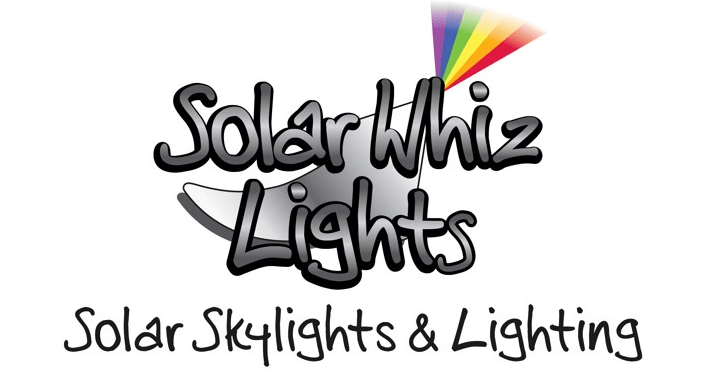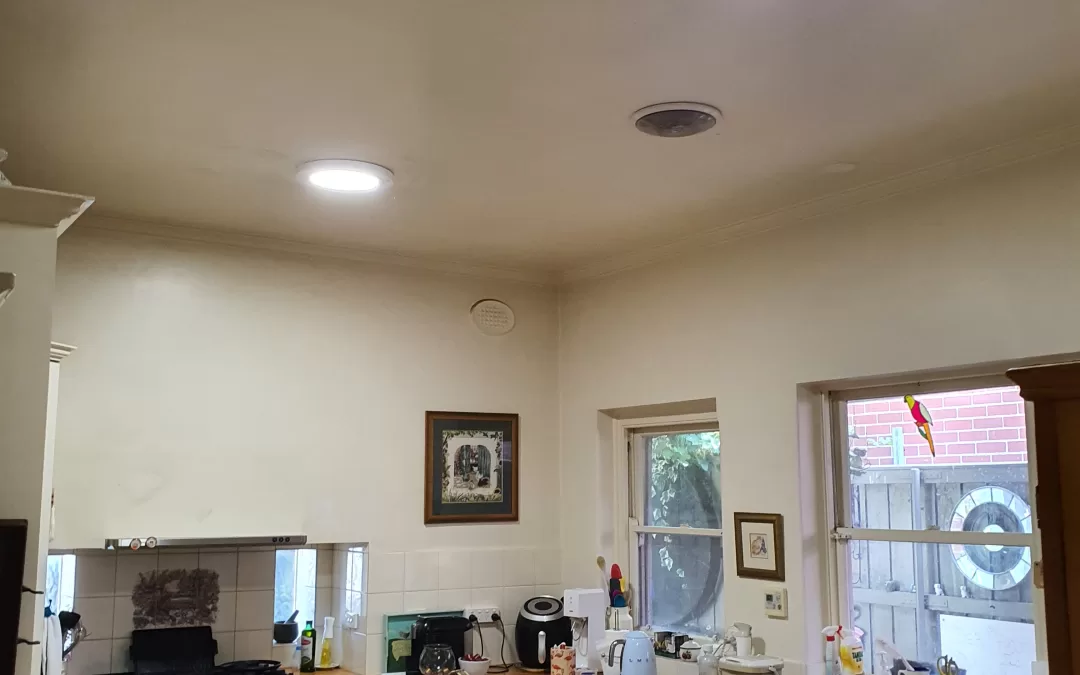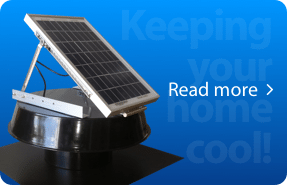Have you ever wished you could have more natural light in your home, without the hassle and expense of installing a skylight? If so, you might be interested in learning about solar skylights, a revolutionary technology that uses solar energy to brighten up any room. Solar skylights provide many benefits over traditional skylights, including no risk of water leakage, installation flexibility, and no heat loss or heat gain. In this article, we will explain everything you need to know about solar skylights, and why they are the best alternative to skylights.
What is a common problem with skylights?
Skylights are a popular feature that can brighten up a home and provide a connection to nature. However, they also come with some challenges that homeowners should be aware of.
Poor installation, faulty flashing, or old materials can cause water leakage, which is a common and serious problem with skylights. Water leakage can lead to mould, rot, and structural damage to the roof and the interior.
Another problem is condensation, which happens when warm air inside the home meets the cold glass of the skylight and forms water droplets. Condensation can lead to peeling paint, warped wood, and mildew growth around the skylight.
A third problem is the excess light and heat that a skylight brings into a room, especially during the summer. This can make the room too bright, too hot, or too cold, depending on the season and the orientation of the skylight. Excessive light and heat can raise energy consumption and home heating and cooling costs.
Do Solar Skylights work at night?
The short answer is no, solar skylights do not operate at night. Solar skylights, as the name implies, are intended to capture sunshine, and illuminate your home. They cannot produce light in the absence of sunlight. This means that solar skylights will not light up your home at night.
However, some solar skylights have built-in LED lights that can be used at night. A separate solar panel powers these lights, charging during the day and providing light at night. This means that, while solar skylights do not operate at night, certain versions provide illumination options that may be utilised after the sun goes down.
How much Does it cost to install a solar skylight?
In Australia, the cost of installing a solar skylight typically ranges from $200 to $800, depending on factors like size, brand, and installation complexity. Additional expenses may include labour fees and optional features. It’s advisable to obtain quotes from local suppliers and installers for accurate pricing.
How much does a skylight cost in Australia?
The cost of a skylight in Australia varies based on factors like size, material, and installation. Generally, expect to pay between $400 to $2,000 for a standard unit. Premium models or customised designs may exceed $5,000. It’s recommended to consult local suppliers for precise pricing tailored to your needs.
Are Solar-powered Skylights worth it?
In Australia, solar-powered skylights provide substantial benefits, including energy savings, improved indoor lighting, and potential government incentives for sustainable upgrades. Initially, solar skylights are more cost-effective than traditional skylights, and their long-term energy savings and positive environmental impact justify the investment for many homeowners.
What are the benefits of Solar Skylights?
This article emphasises that solar skylights surpass traditional skylights by providing more benefits and fewer drawbacks. Solar skylights utilise sunlight to illuminate indoor spaces, reducing reliance on mains power electricity and saving energy. In contrast to skylights, solar skylights need no structural roof modifications and can be installed in any room, including those lacking direct sun exposure. Solar skylights also have features that allow the user to adjust the brightness, colour, and direction of the light. Solar skylights are therefore more versatile, convenient, and efficient than skylights.
What is the better alternative to skylights?
In Australia, the solar skylight is gaining popularity as an alternative to traditional skylights. These fixtures imitate natural sunlight, providing energy-efficient illumination without requiring roof penetrations. They offer adjustable brightness and come in various sizes, making them a versatile lighting solution for interior spaces.
How Long Do Solar Skylights Last?
In Australia, solar skylights generally have a lifespan of 10 to 20 years, influenced by factors like quality, maintenance, and environmental conditions. Regular upkeep, such as cleaning solar panels and inspecting seals, can extend their lifespan. We recommend consulting manufacturers for precise warranty information and maintenance guidance.






